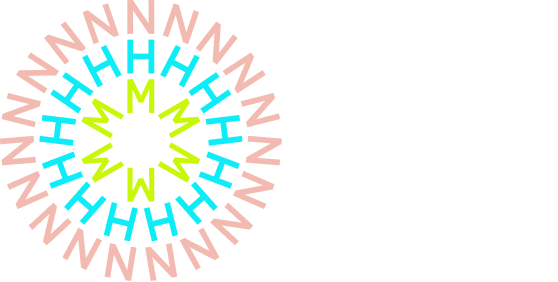Biodiversity Crisis
-
Instructor: Dr Adriana De Palma
-
Level: Beginner
-
Number of chapters: 15
-
Course length: 1 hour 40 minutes
Learn
In this course, explore:
-
the incredible variety of life on Earth, from the tiniest microbes to gigantic whales, what biodiversity is and how it’s measured by scientists like Adriana
-
why biodiversity is crucial, not just for the natural world but for our health, economy and future
-
the biggest challenges facing biodiversity, from climate change to habitat loss, why these threats matter and how they could impact us all if left unchecked
-
how people, companies and governments around the world are fighting to protect biodiversity and practical ways you can make a difference
Course plan
Meet your scientist
Dr Adriana De Palma
Dr De Palma is a permanent
researcher at the Natural History Museum London and is Co-Lead of the Biodiversity
Futures Lab.
A trained entomologist, she moved
to the Museum partway through her PhD research and now describes herself as a computational
ecologist; she uses large, complex datasets and multiple data-science
approaches to understand how human activity affects the variety of life on
land. She then uses this information to predict the health of nature in the
past, present and future, so we can see how we got to where we are now, and
where we are going.
Although scientific advancement is a key part of her job, her true aim is to support others on the journey towards a happy and healthy planet, for the benefit of both people and nature. She does this by developing and sharing robust scientific evidence to help people, including policy makers and companies, to understand their impacts on the world around us and to make more sustainable choices.
Although scientific advancement is a key part of her job, her true aim is to support others on the journey towards a happy and healthy planet, for the benefit of both people and nature. She does this by developing and sharing robust scientific evidence to help people, including policy makers and companies, to understand their impacts on the world around us and to make more sustainable choices.
Write your awesome label here.
Find a plan that fits you
Gift the joy of discovery
Gift cards are valid for any of our individual courses (£49.99 per course), but not on subscriptions.


